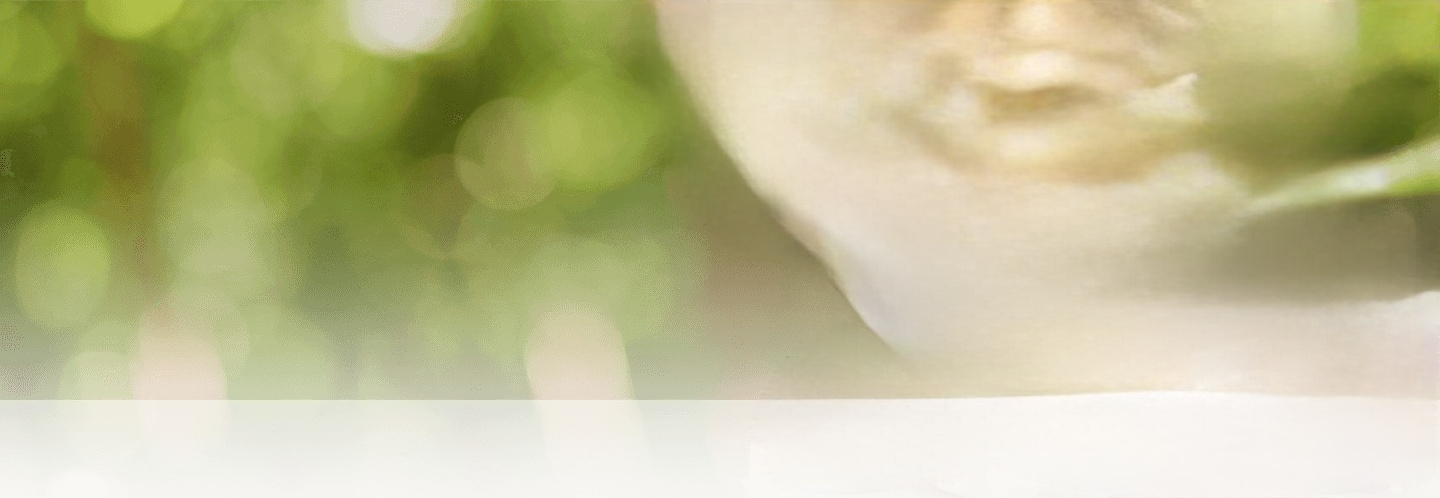Upper blepharoplasty Information
Upper Eyelid Surgery (Upper Blepharoplasty) Information
You will soon be having upper eyelid surgery (upper blepharoplasty) by A/Prof Damian Marucci. The goal of this surgery is to reduce the amount of excess skin and fat of the upper eyelid to decrease the “hooding”
Before the Surgery
- Make sure you have stopped all blood thinners in advance of the surgery
- The surgery can be performed with you awake (under local anaesthesia) or asleep
- You will be told a few days before the surgery when to be at the hospital and when to stop eating and drinking
- Don’t wear contact lens on the day of the surgery or for the week afterwards
The Surgery Itself
- On the day of the surgery you will be checked into the hospital. You will meet the anaesthetist
- A/Prof Marucci will draw the surgical plan on you when you are on the operating table. The amount of skin to be removed is carefully measured and marked
- The surgery can be performed either under general anaesthesia (where you are asleep) or local anaesthesia
- A/Prof Marucci will then perform the surgery – removing the excess skin and (where needed) excess fat. The wound is closed with a long “pull-through” stitch which is held in place with some paper tape (a Steri-Strip). Cool compresses will be placed on your eyes and you will go to recovery. You will go home the same day
After the surgery
- The local anaesthetic used during the surgery will last for many hours. After that, you might need some Panadol – rarely do you need anything stronger
- When you get home continue to use cool packs on the eyes: 20 minutes on and then 20 minutes off for 2 hours at a stretch, with a half an hour gap before starting again. Frozen peas in a tea-towel work well for this
- You can shower normally the day after the surgery. The eyes can get wet. Pat the paper tape dry. Don’t try to remove the paper tape
- Once you go home, plan on taking it easy for a week. Try to keep you head up a little – lie down on an extra pillow and sit up if watching TV. You will be fine to drive a day or two after the surgery
- No swimming and no exercise for one week after the surgery. Nothing “for” exercise (you can walk – but not for exercise)
- You will be seen in the rooms the week after your surgery. Your dressings and the sutures will be removed. You probably won’t need any further dressings after that. You may still have some bruising, which may last 2 – 3 weeks after the surgery
- It takes a few months for everything to settle down after surgery and see the final result. The key thing is: if any problems or any concerns, contact A/Prof Marucci via the rooms
